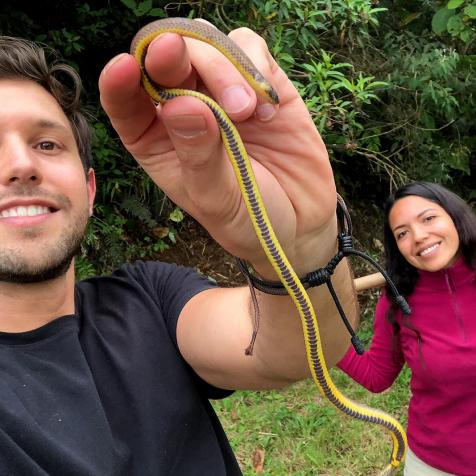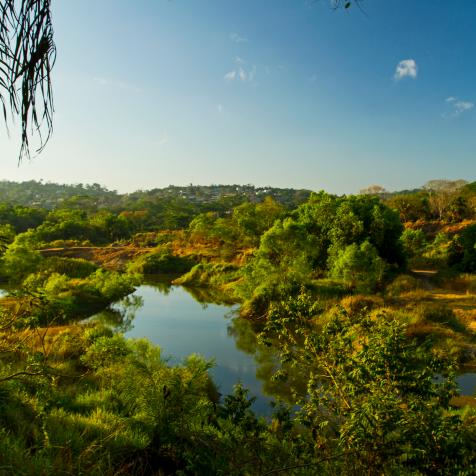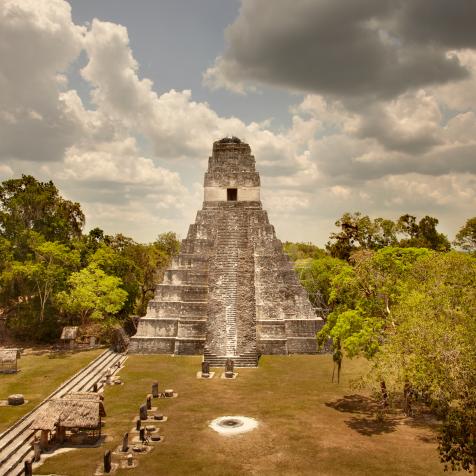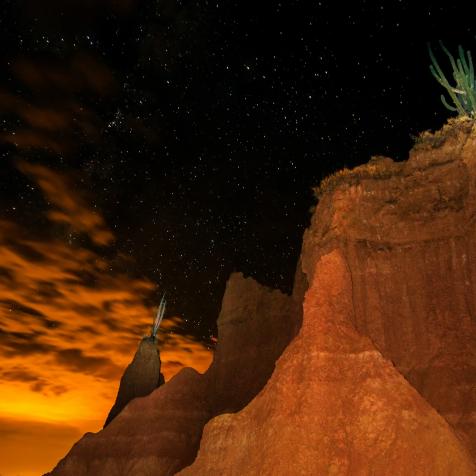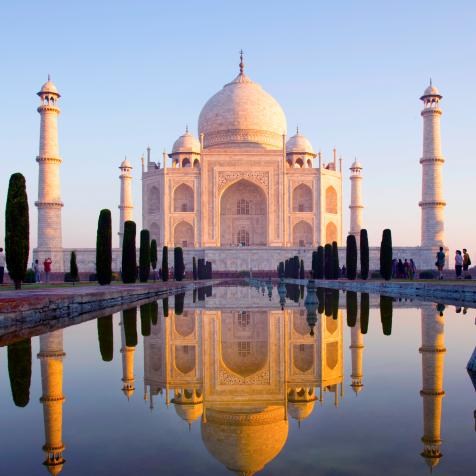
G Naron / 500px
Mt. Shasta, California’s Mysterious Volcano, is an Enigma Waiting to be Explored
At the northernmost tip of California lies the southern end of the dramatic Cascade mountain range. And the crowning glory of the range, which ripples down through British Columbia, Washington, and Oregon, before it comes to a stunning crescendo at Mount Shasta.
The state’s snow-capped mountain is a volcano, and it is a draw for not only outdoor adventurers, but for spiritual seekers too, who are pulled in by whispers of a secret crystal city inside the mountain and powerful ley lines that create an energetic vortex.
Mt Shasta pulls in around 26,000 visitors every year to its tiny one strip town, which is packed full of crystal stores and spiritual book shops. It’s also an important site for Native Americans, straddling the territories of the Shasta, Modoc, Achumawi, Atsugewi, and Wintu tribes, and it makes an appearance in many creation stories and tribal tales.

Mark Newman
The Modoc people, who hail from the Klamath Basin, north of Shasta, believe that the mountain is home to the matah kagmi, the Modoc word for Bigfoot. In Modoc culture, Bigfoot is known as the keepers of the woods.
The imposing mountain is also home to the legend of Telos, a hidden city of advanced beings who hail from Lemuria, a supposedly lost continent that was first proposed in 1864 by zoologist Philip Sclater. He theorized that Lemuria sank beneath the Indian Ocean…and that the surviving 25,000 Lemurians fled to Mt Shasta, where they built their city in an already large dome cavern that existed inside the mountain. Locals and visitors alike have reported visions of 7ft-tall, regal people clothed in all white, who they believe to be the long-lost Lemurian civilization, and to who they attribute the mysterious feel of the area.
Others, who are similarly impressed by the mountain but perhaps have a more practical worldview, attribute the undeniable special energy of the place to the topography. The mountain is so steep and tall that it creates its own weather, including the spectacular lenticular clouds that wrap around its peak like a clock. The clouds are formed by humid air that hits the volcano and then has to move upwards to cool down.
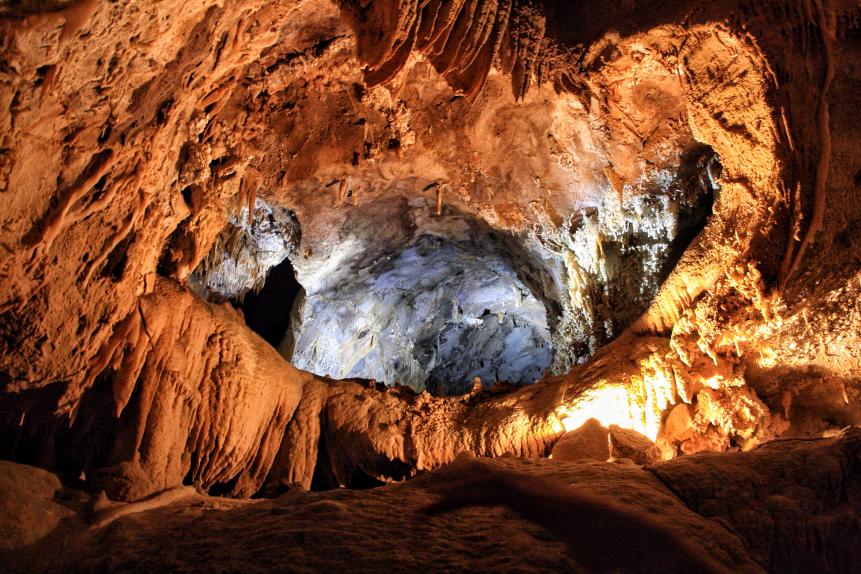
RJohn97
And, of course, then there are the lava tubes. Amid all the stories of Bigfoot, energy vortexes, and tall ancient people, these lava tubes provide endless adventure, regardless of your spiritual and metaphysical inclinations.
Pluto’s Cave is a firm favorite and was first discovered in 1863, and subsequently named after Pluto, the Greek God of the underworld. The ancient tube extends over a mile underground and was formed by molten lava passing through tubes in older, hardened lava. The entrance, barely visible among the high desert plants that have taken root at the base of Mt Shasta, is a gaping foreboding hole that leads deep into the ground. The opening is around 40ft high, and the height is accentuated by the steep drop and downward angle of the cave. Temperatures are around the 40s, so wrap up warm. Additionally, once you are a few hundred yards in, there is zero sunlight that reaches the cave – so make sure you have a backup flashlight. Utter darkness would make getting out very difficult. A rough trail leads explorers through craggy piles of rocks which then opens out into the sandy floor of Pluto’s Cave. Stick to the trail and you’ll reach even more caves, although these are smaller, and eventually, the trail disappears into the shadows, with the lava tube extending for another mile underground – and the darkness daring only the bravest to continue into the depths of the earth.



































































